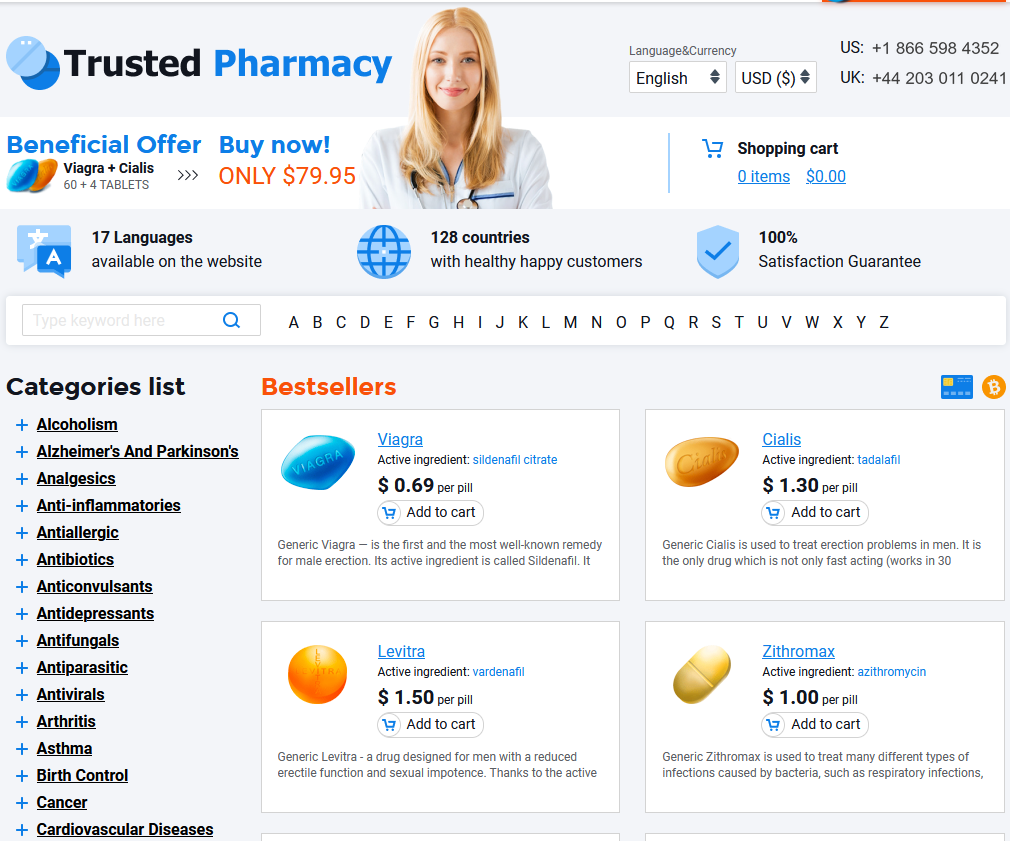To Visit Online Pharmacy Click HERE ↓
Cephalexin for Pets: Veterinary Applications Explained
How Cephalexin Works in Pet’s Bodies
When your pet faces a stubborn infection, cephalexin steps in as a shield, targeting harmful bacteria at their core. This antibiotic disrupts the formation of bacterial cell walls, preventing the invaders from growing and multiplying. Since mammals like dogs and cats lack these cell walls, cephalexin specifically attacks bacteria without harming your pet’s own cells.
As it circulates through the bloodstream, cephalexin reaches infected tissues, reducing bacteria numbers and helping your pet’s immune system regain control. The result? Faster healing and renewed energy.
| Benefit | How It Helps Pets |
|---|---|
| Selective Action | Targets bacteria, not pet cells |
| Widespread Distribution | Reaches various tissues and infection sites |
| Supports Recovery | Helps immune system eliminate infection |
Common Infections Treated with Cephalexin

When your furry companion has a bacterial infection, cephalexin can offer fast and reliable relief. This broad-spectrum antibiotic is particularly effective against skin infections, such as pyoderma and wounds, which are common among active dogs and cats. Veterinarians often turn to cephalexin to help pets recover from hot spots, abscesses, or even those persistent ear infections.
Urinary tract infections are another common concern for pets, especially in older cats or dogs who are prone to recurrent issues. Cephalexin’s ability to target a variety of bacteria makes it a favored choice for treating these cases. Additionally, it can be used for bone infections (osteomyelitis), making a difference in more severe scenarios where deep tissue is affected.
With its versatility, cephalexin provides support across a range of conditions. Whether your pet is battling a superficial skin issue or a deeper-seated infection, this medication helps pave the way for a quicker, healthier recovery. Always consult your veterinarian for an accurate diagnosis before starting treatment.
Dosage Guidelines for Dogs and Cats
Careful dosing of cephalexin is crucial when treating your pet, as their size, age, and overall health greatly influence the appropriate amount. Veterinarians typically calculate doses based on your pet’s weight, with dogs often receiving 10-30 mg per pound twice a day. Cats generally require similar dosing schedules, though adjustments are frequently made for smaller or older animals.
It’s important to follow your veterinarian’s exact instructions, as too much or too little cephalexin can reduce effectiveness or increase risks. Never attempt to guess or alter the dosage without guidance. Monitoring your pet’s response and reporting any unusual symptoms ensures safe and successful treatment.
Recognizing Potential Side Effects in Pets

It’s natural to worry when your pet starts a new medication like cephalexin, so knowing what to watch for is important. Most pets tolerate cephalexin well, but some may experience mild reactions like stomach upset, drooling, or diarrhea. Rarely, pets can develop more serious effects such as vomiting, rashes, or unusual tiredness. Allergic reactions sometimes occur, which can display as facial swelling, itchiness, or difficulty breathing.
If you notice any of these symptoms in your pet, especially if they seem severe or appear suddenly, contact your veterinarian without delay. Quick action ensures your pet’s safety and helps your veterinarian adjust the treatment if needed.
Important Precautions and Drug Interactions
Before starting a cephalexin regimen, your veterinarian will assess your pet’s medical history to avoid any complications. Cephalexin should be used with caution in animals that have known allergies to penicillin or other beta-lactam antibiotics, since such pets may be at risk for hypersensitivity reactions. In pets with kidney problems, dosage adjustments may be required, as their ability to eliminate the drug could be compromised.
It’s also vital to discuss any other medications your pet is taking, as cephalexin may interact with certain drugs, including antacids and probenecid, potentially altering its effectiveness. Never combine cephalexin with other antibiotics or medications unless explicitly instructed by your veterinarian. To help you remember key considerations, see the table below:
| Caution | Reason |
|---|---|
| Allergies to Beta-Lactams | Risk of severe allergic reactions |
| Kidney Disease | Requires dosage adjustment |
| Drug Interactions | Check with your vet before combining medications |
Tips for Administering Cephalexin to Pets
Getting pets to take medication can be a challenge, but turning pill time into a positive experience is possible. Hiding cephalexin in a small treat or using pill pockets often works wonders, especially for pets who are picky eaters. For liquid forms, a syringe can help you gently squirt the medicine into the side of your pet’s mouth—just be sure to handle your pet carefully and reassure them throughout.
Always follow your veterinarian’s instructions about timing and dosage. Staying consistent with the schedule ensures the antibiotic works effectively, and rewarding your pet after each dose can help reduce stress.

